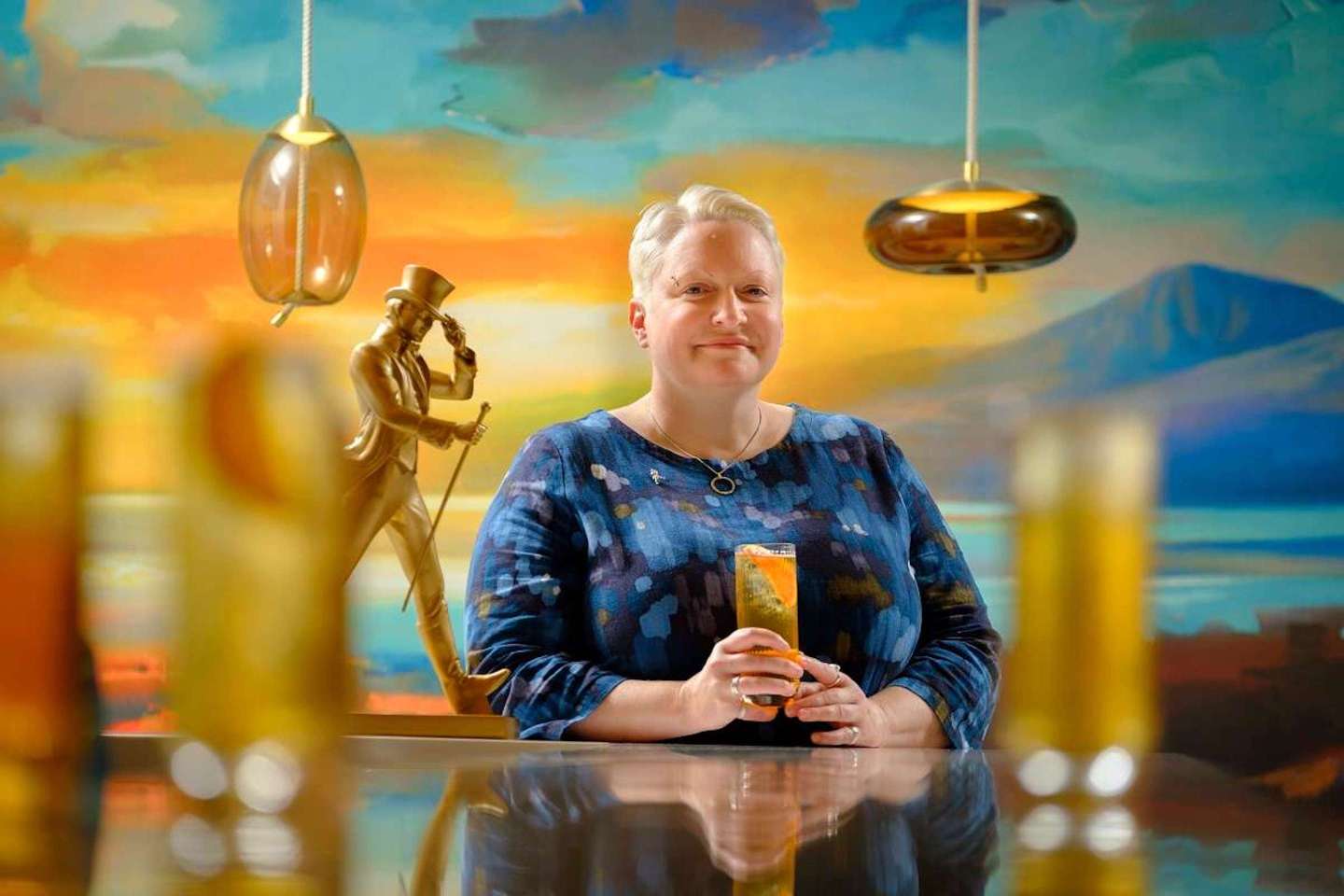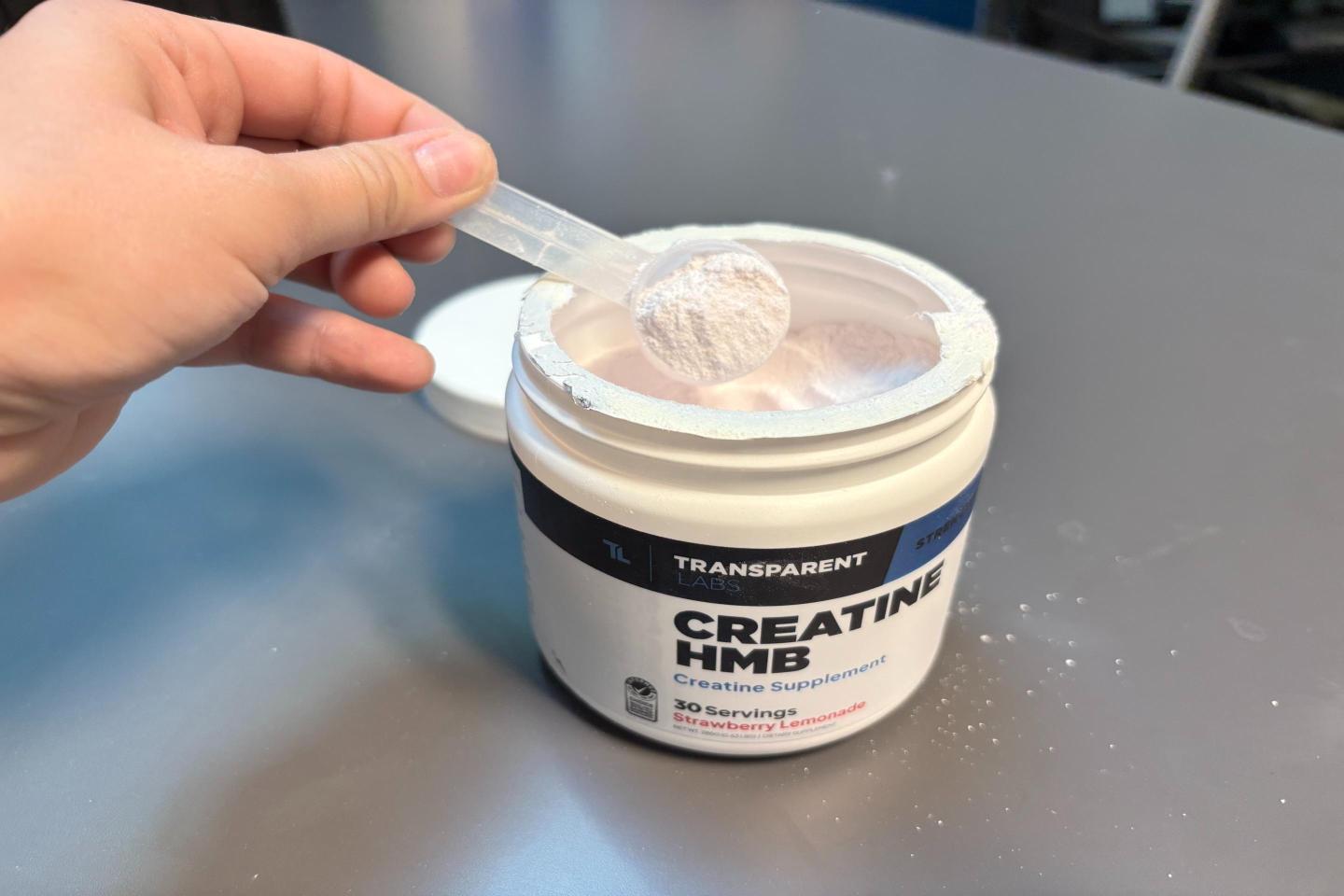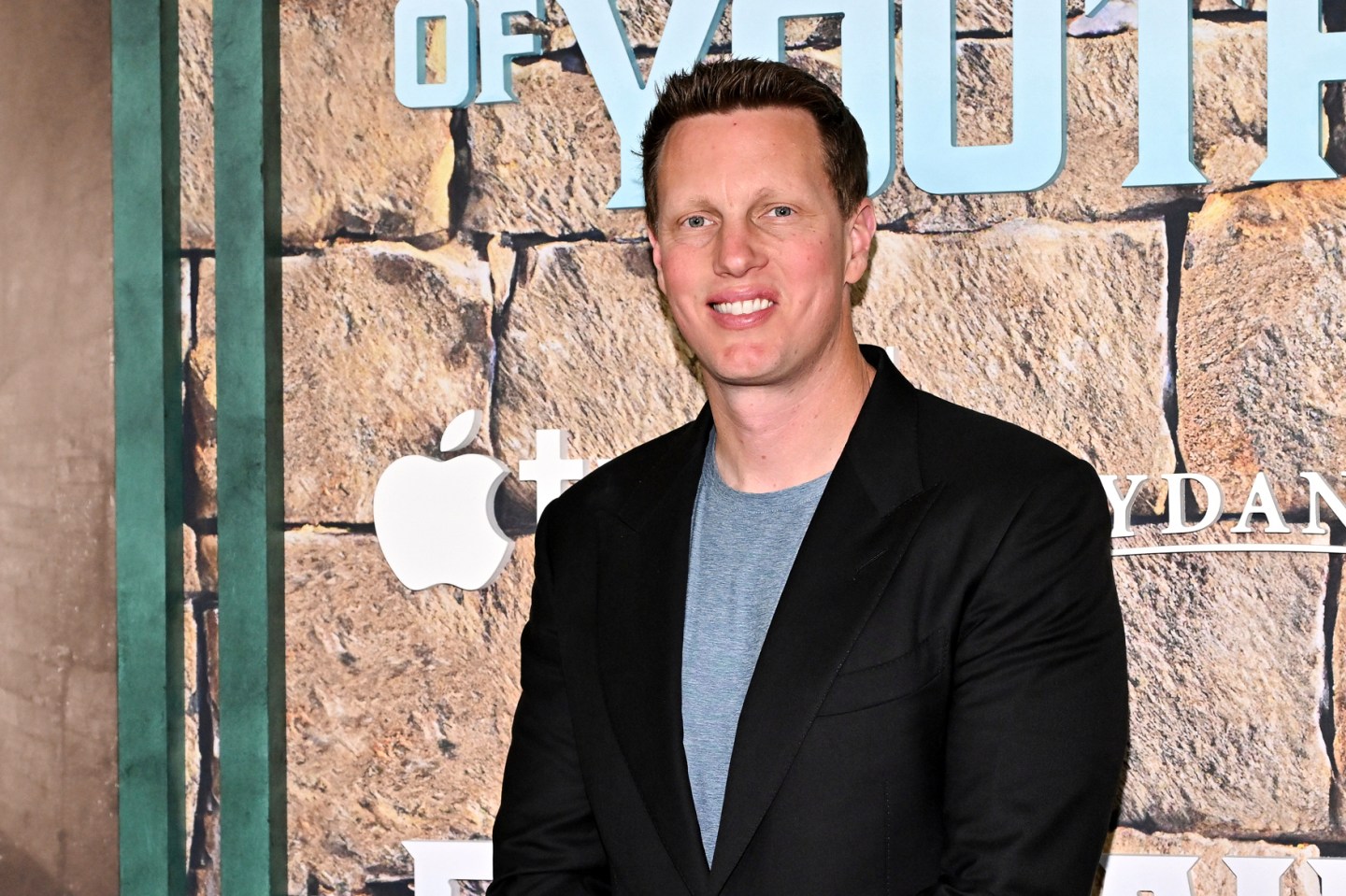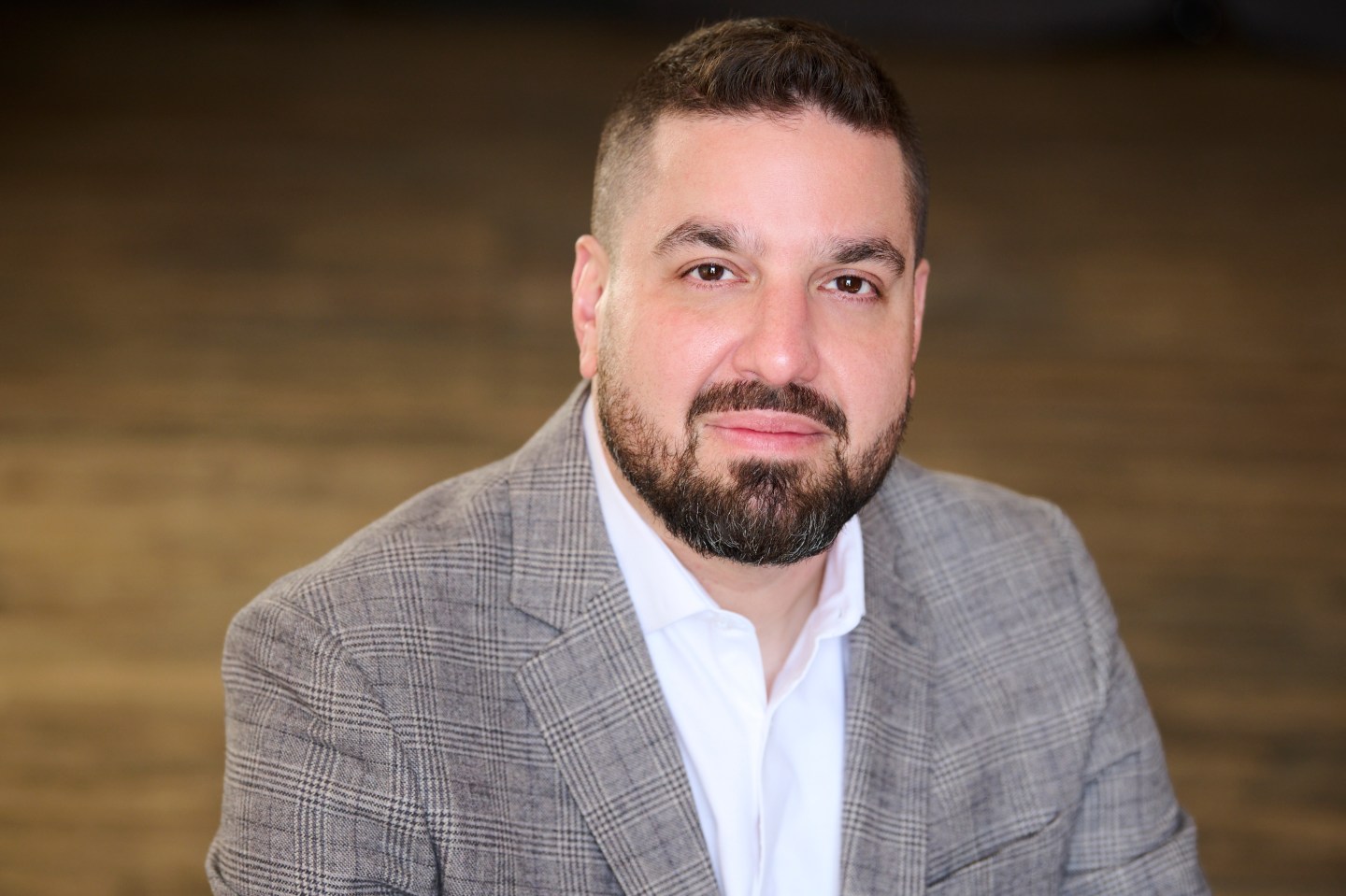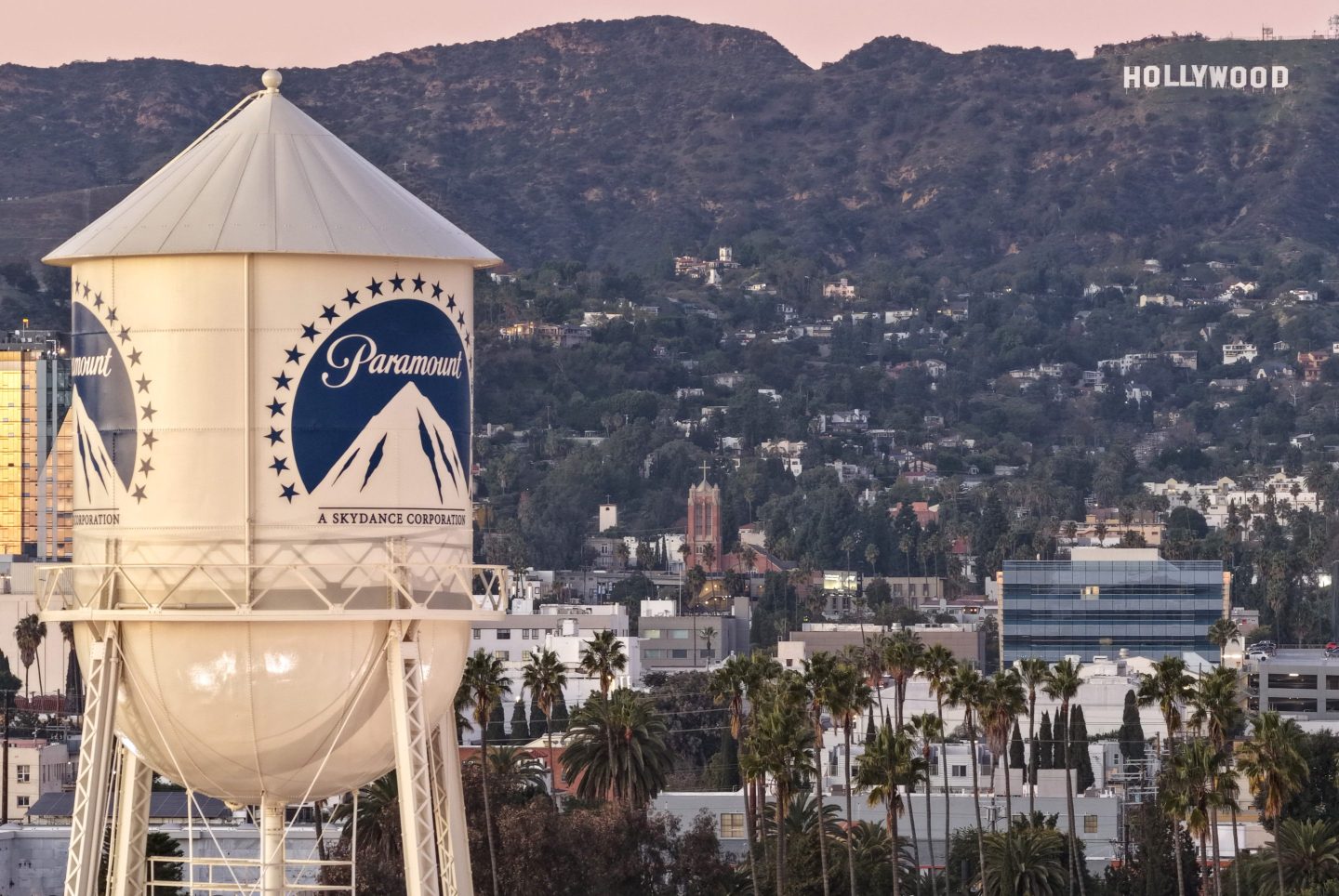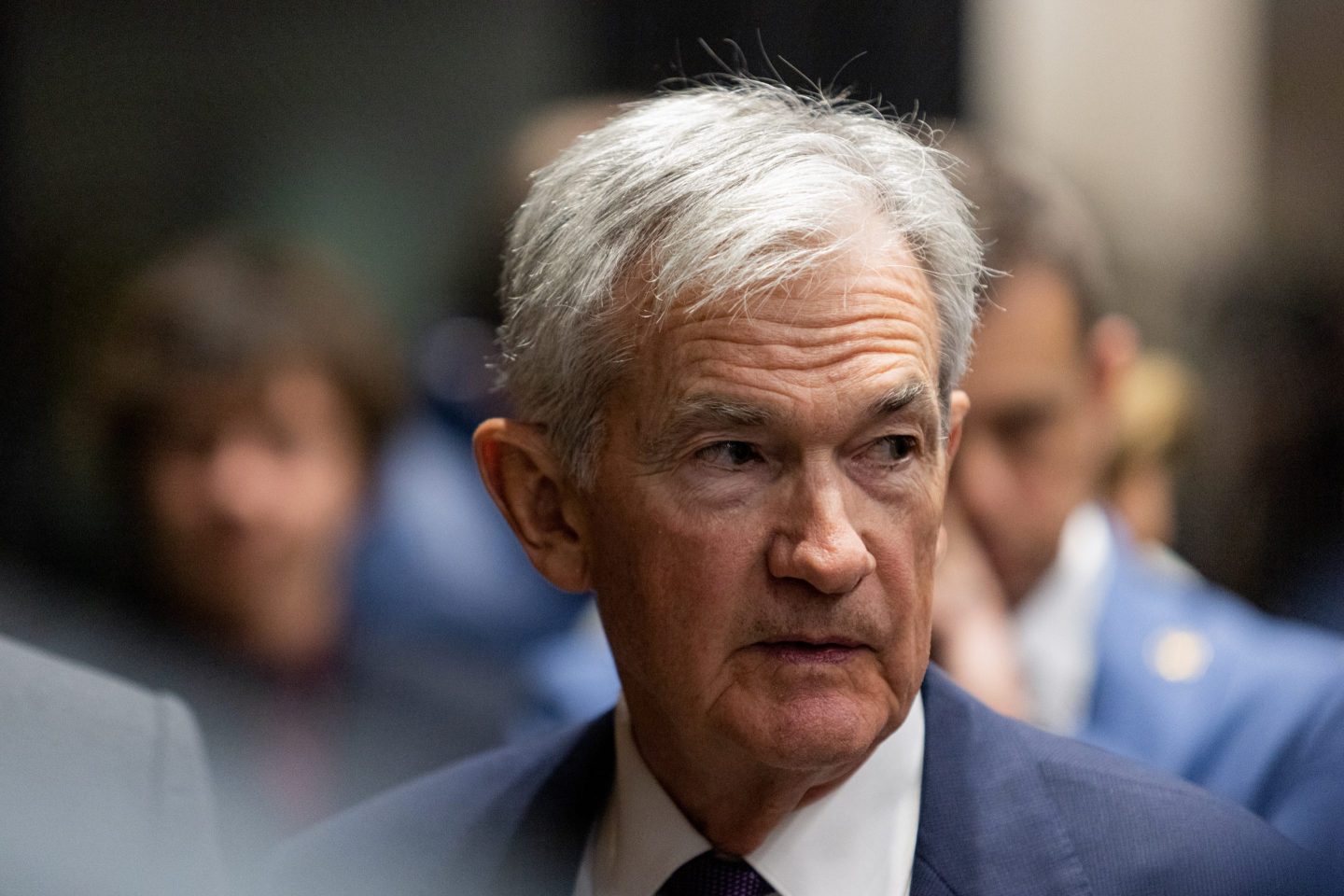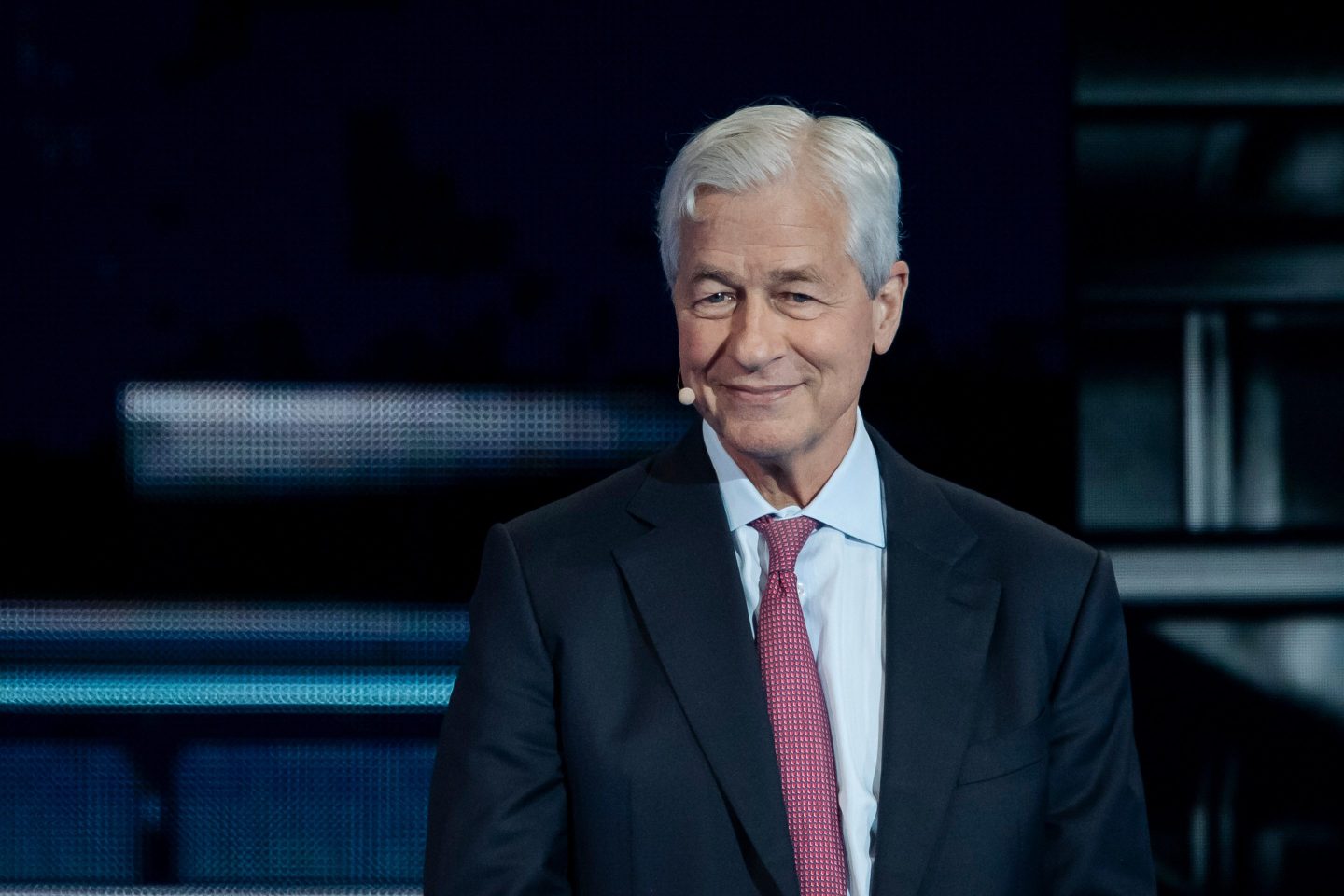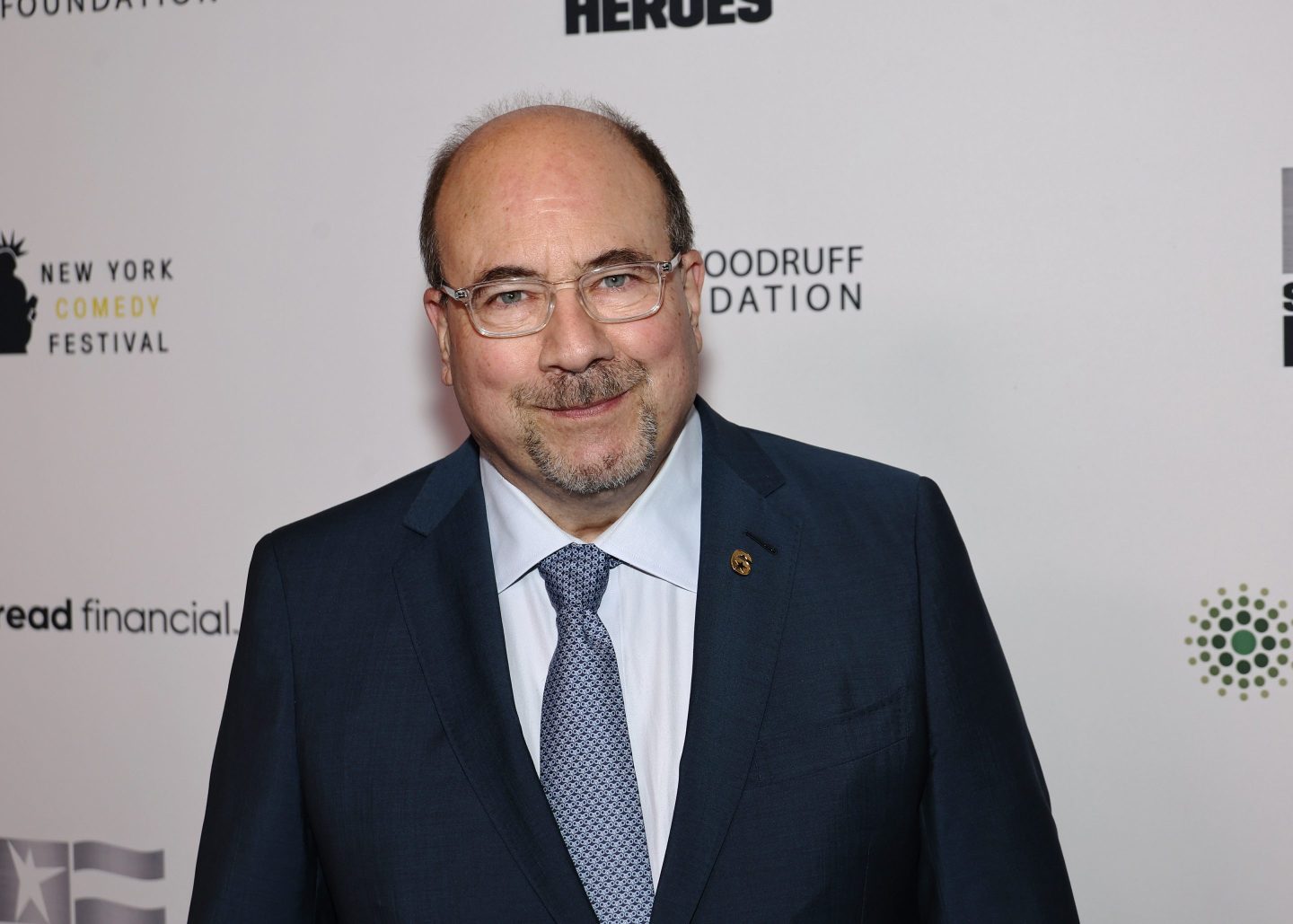Though not related to the family that founded one of the world’s most famous and historic Scotch whisky brands, Dr. Emma Walker made industry history last year when she was named as Johnnie Walker’s first female master blender in the company’s history since it was founded in 1820.
Walker had succeeded Dr. Jim Beveridge OBE, who retired in 2021 after 20 years as master blender within the brand and more than 40 years overall at Diageo, Johnnie Walker’s parent company.
Now more than a year into the new job, Walker has had some time to begin shaping the future of what Diageo boasts to be “the world’s best-selling Scotch whisky brand.” She recently shared more with Fortune about her reflections on her tenure as the new master blender thus far and her vision for the storied brand’s future.
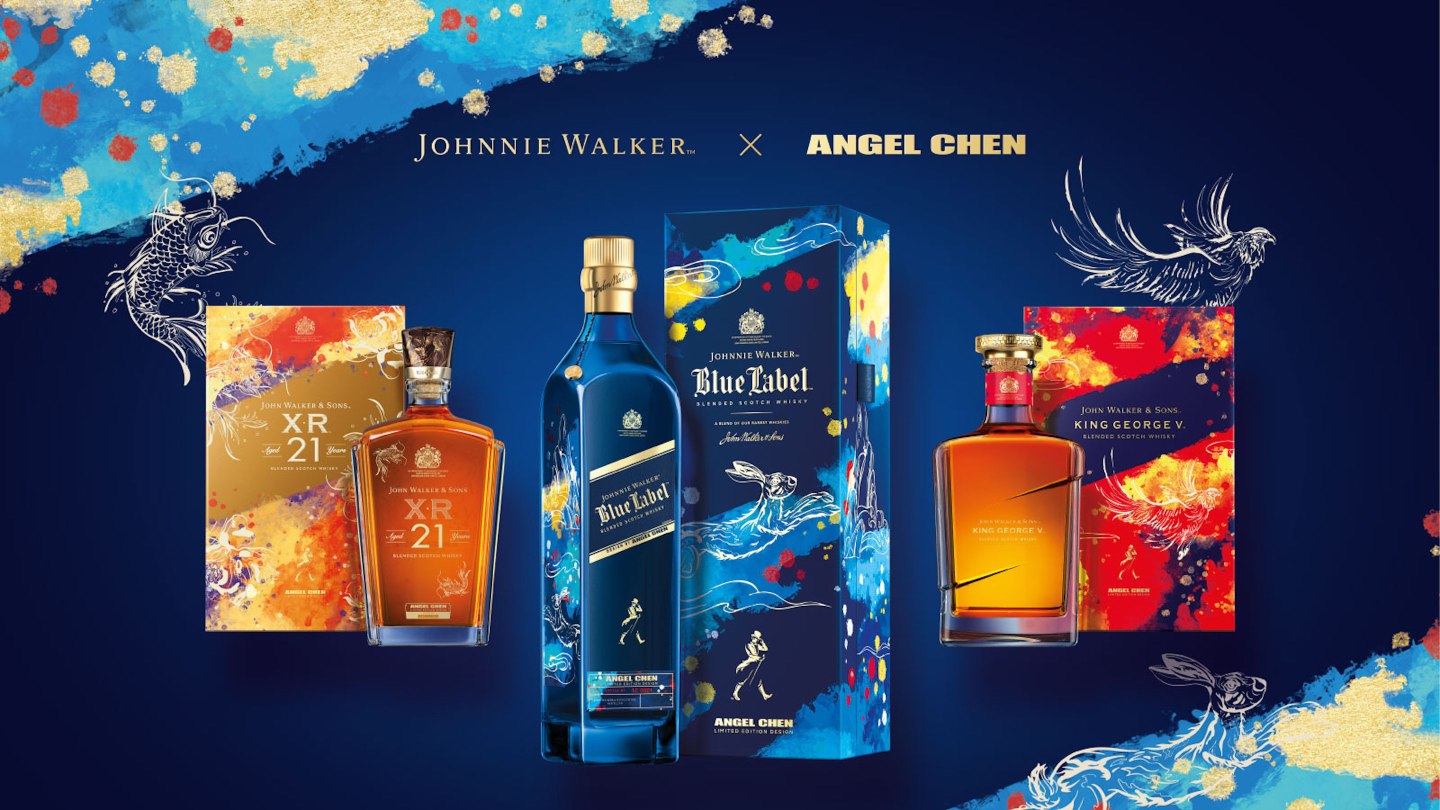
This interview has been lightly edited and condensed for clarity.
Fortune: Could you share a bit about your background—both before and while at Diageo ahead of being named master blender at Johnnie Walker?
Walker: I studied chemistry at the University of Edinburgh. I really enjoyed it, but once I finished, I wasn’t sure what I wanted to do. So I did the traditional carry-on-studying for a bit longer. I did my PhD down at Sheffield University, which I absolutely loved. (If you’ve never been there, it’s a wonderful city. Very reminiscent of Glasgow, Liverpool, so it’s very industrial but great music backgrounds.)
When I finished there, I moved back up to Scotland, to St. Andrews in Fife. I worked for a little bit for GlaxoSmithKline as a process chemist. When I was at university, a lot of the time the main careers [for chemists] were pharmaceuticals and oil. You were starting to see environmental chemistry come in, but when I was living in Fife, I needed start thinking about a pension, saving up to buy a house, all these things. So I was trying to look for a permanent job.
And I kept on about Diageo because it had such a good reputation in Fife; they were a great local employer and worked with the community and local councils. So they just had everything I wanted to do there. I started for a job as a project scientist and went for my interview at Menstrie [Diageo’s headquarters in Scotland], and I was interviewed by Dr. Jim Beveridge and all these amazing names in whisky. And they thought I was a good fit for the job, so I joined the whisky team, spent about four years learning about how we create flavor and whisky, about the distillery and maturation. I did my diploma in distilling, which was an amazing opportunity to do.
At the end of those four years, I got the opportunity to go work in production. So I went through to Leven, just up in Fife, to work with distilling whisky, but looking at how we blend, what happens during maturation—just looking at the different challenges we had, what processes we could make better and manage the quality lapse. It was my first step up into management but also really seeing how whisky is made from the grain up. I got to learn so much from the amazing people who work there. I did that for just over a year, then got the opportunity to move to the Knockando distillery, and spent about a year there and absolutely loved it. It was great again bringing everything I learned from the whisky team, and doing that diploma, bringing that all to life.
At the end of that year, a job came back up on the whisky team, and I’d always said I wanted to go back to the whisky team. I just wanted to go out and see how whisky was made and who else was working on it to help inspire me later on. So I went back to the whisky team, and started working on innovation, and worked on the John Walker Master’s Edition [a 50-year-old Scotch whisky], and it was such an honor to work on a whisky that old. And I got to manage the team, managing my peers, for about a year, and then worked with Jim on strategic projects, big technical projects, and then was offered the role of Johnnie Walker Master Blender, which I’ve had for about 18 months now.
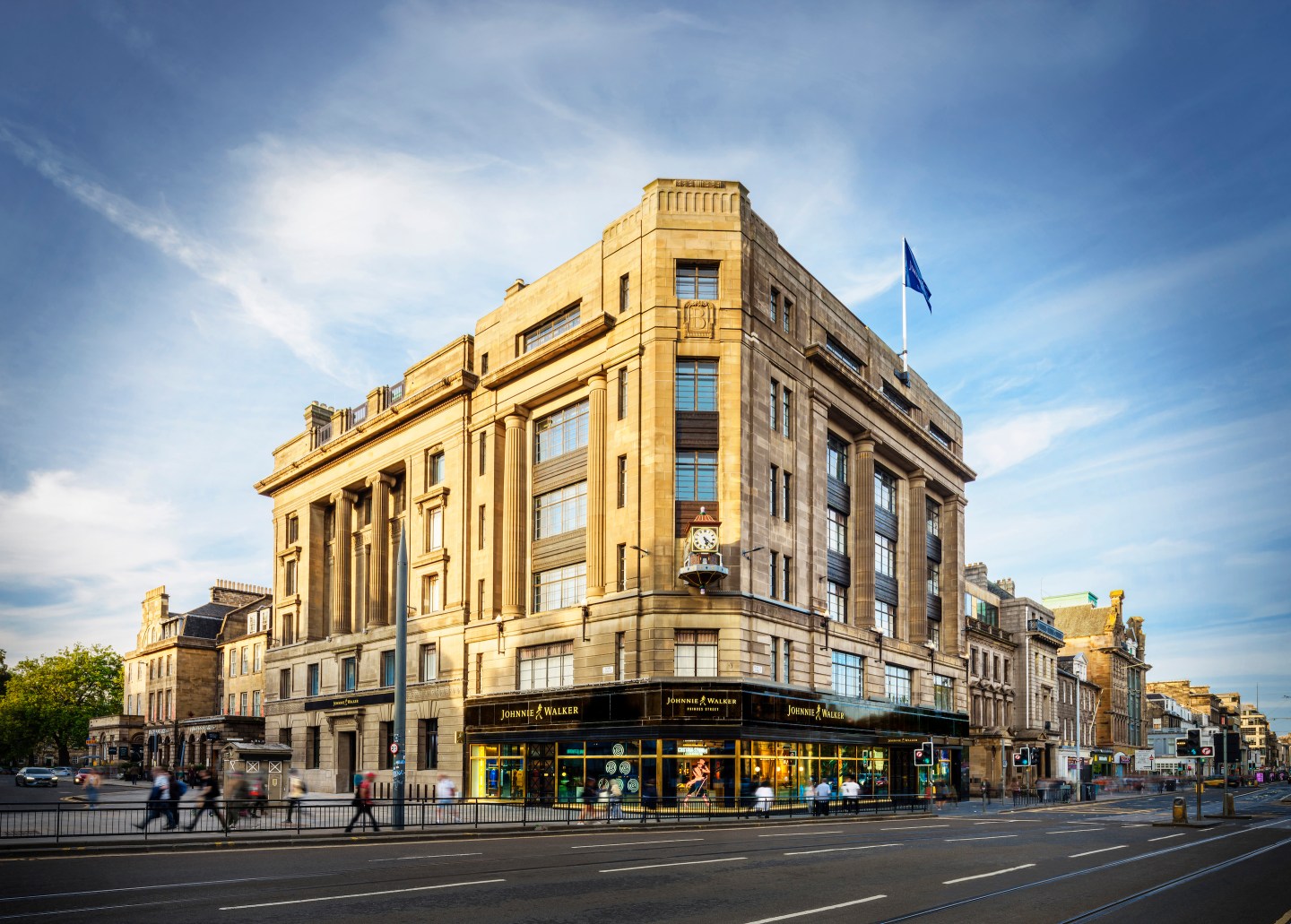
What has your first year at Johnnie Walker been like? What were some of the successes and challenges you experienced?
It’s been amazing. I obviously knew a big chunk of what Jim was doing day-to-day, but there were also some things that I wasn’t involved with. So a lot of the job I was already doing—like how we worked with our colleagues in malt distilling, grain distilling, thinking about innovations—but I was interested in moving into that more strategic role, so really working hand-in-hand with [Johnnie Walker’s global brand director] Julie Bramham, and with our colleagues in Scotch about our thoughts for the next 10, 20, 50 years, thinking what do we need to be doing now. So that’s been hugely interesting, and also looking at how we take those ideas and make them into liquid. That’s very much the journey—a very exciting one.
It’s been so exciting, but at times terrifying, because you do have that weight of everything that has come before you. That’s over 200 years of heritage and history. There’s definitely a bit of, “What if I mess up?” My partner, Dave, is great at summarizing some of this panic. The day before it was announced I was moving into the role, Dave made the lovely comment, “What will you have to do if the share price goes down?”
Is that something you have to think about—the share price?
Well I didn’t until he said that. It all sort of impacts, but actually the price actually went up. Only someone very close to you could say something like that! But it’s all very much a learning curve, and making sure the team and I are set up to deliver what we need to for the future.
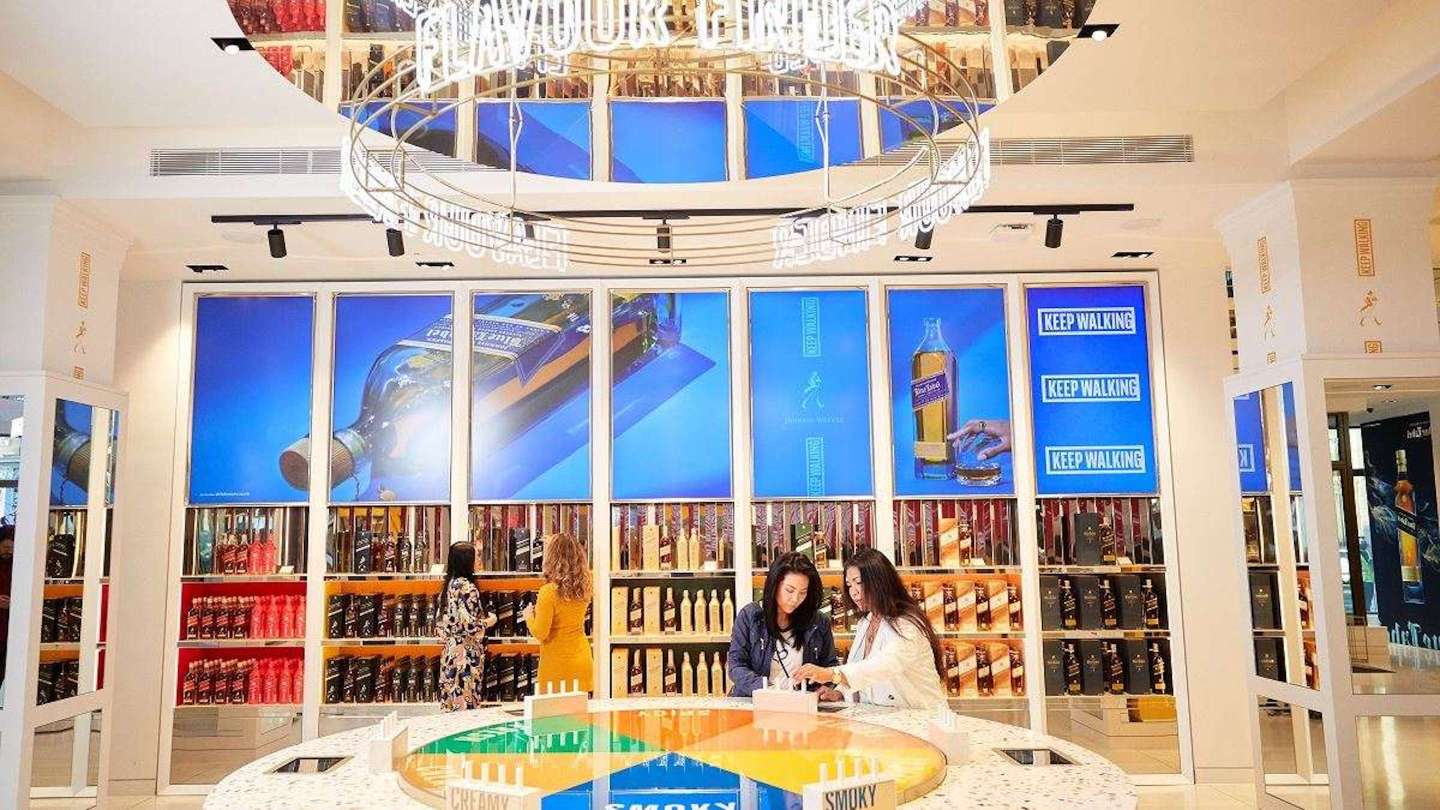
Johnnie Walker is a household brand name worldwide, which, of course, is a highly coveted quality for any business. But at the same time, such brand recognition could have a negative effect among younger consumers, who are increasingly interested in small batch, independent producers. What is Johnnie Walker doing to cater to this demographic as well as longtime dedicated Scotch lovers and collectors?
One of the things we’ve always done—that Jim did and we’re striving to do—is to make sure that we’ve got as mixed a team as we can. You have a number of us in our 40s now, and we also work with our colleagues in their very early 20s. (Which can lead to some very interesting questions over cups of tea, when we might make a reference to our childhoods, and there’s no reaction. We definitely feel our age at that point!)
Again, this is where we work closely with Julie—this is at the heart of what she does—is how do we make something as iconic as Johnnie Walker relevant to people today. How do we keep our customers who know and love Johnnie Walker and balance that with bringing new people into that love of Johnnie Walker as well. I think that’s where they’ve got great ideas. Some of the recent experiences we’ve been looking at, including Johnnie Walker Princes Street [in Edinburgh], are definitely part of that “how do we open up the world of Johnnie Walker to a wider range?”
One of the things I’ve always found to be really interesting is that we may be a bigger brand, we may be an iconic brand, and we may make a lot of whisky, but everyone who works on it is a craftsperson. There is so much craft and care and attention to quality, to flavor, to everything at our distilleries from Cardhu to Cameronbridge. It’s all about craft and care and attention. What we need to do is we need to find out how to tell that story in a way that makes sense and that chimes with the generations that are coming after the people coming after it as well.
I think, again, Scotch is really interesting. If you look at the world of whisky as well, we work with people across Scotland. If you look at a family up in Speyside, you might have one person who works for Diageo, and the other partner in the marriage works for another [brand]. It’s all this sort of cross-pollination, but we’re all so proud of Scotch. And I think that comes along with the new distilleries as well. We all want to make the right decisions for Scotch and for the industry as a whole, so we do the work and have conversations with new distilleries and we work with Scotch whisky researchers to see what we need to do as an industry as a whole. Part of the challenge is how do we make this interesting, because what we do is very craft. We just need to make sure we get the storytelling as well.
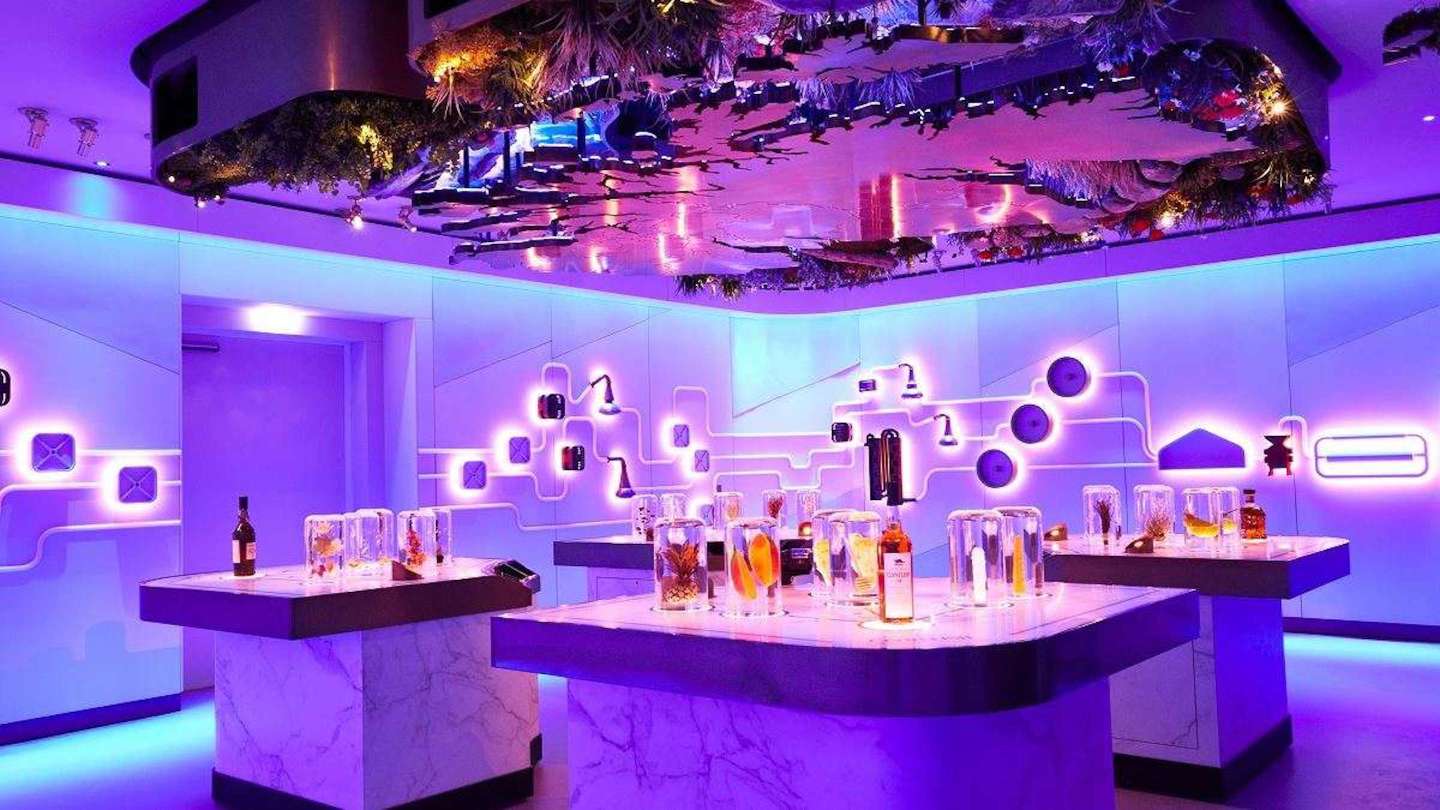
Looking forward, what other goals do you have for Johnnie Walker’s brand and portfolio worldwide, especially for the luxury market and collectors?
One of the things we need to do is keep thinking about when we’re creating new whiskies, we always have to have customers in mind. Whatever we’re doing, we have to be thinking about our customers, who we think will be drinking those whiskies. We need to make sure when innovating, we’re creating more flavors, but also how we look at the intensities of those flavors. Are we creating them in a way that’s right for the environment, for the communities that we’re working in as well? So how do we take that into context? How do we keep on thinking of new, innovative ways to put those whiskies together. Hopefully you’d think of Johnnie Walker Blue Label as taking everything we’ve learned but working it in a different way, engaging the senses, and bringing that whisky to life for people. So we need to continually think about that.
We’ve also got the challenges everyone else does. We need to have more data; we’re scientists, we’re geeks—we like to have as much information at hand as possible. So same as every other industry at this point in time, we’re looking to collect information data from across our supply chain and how do we use that to shape the future as well. I think that’s happened for generations.
Scotch is so interesting; a lot of the ways we make Scotch now are enshrined in regulations because of a serendipitous decision centuries ago that we must mature in oak, and it’s because we had all these barrels about because they’ve been used to bring different liquids and different things to Scotland. So we’re like, “Let’s put some of this lovely spirit that we’ve made in our farm and put it into that for after Christmas.” And that becomes part of the heritage of it. We use copper because that’s what people had at hand when they were doing small-scale distilling back on the farm—it’s because they had copper pots. We found out over the past few decades that copper is absolutely magnificent for making whisky because it’s a great heat transfer but it catalyzes the reactions. So you get more of those fruity flavors, and it removes some of the unwanted flavors as well. But they didn’t know that when they first started using it.
So every time we learn more, we understand more about the magic that comes together in Scotch. I don’t think that takes away from the art of it. It just means we understand more about what we’re doing and how we can work with it.
